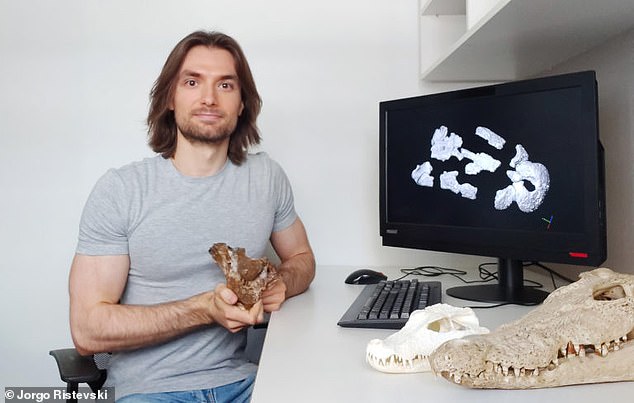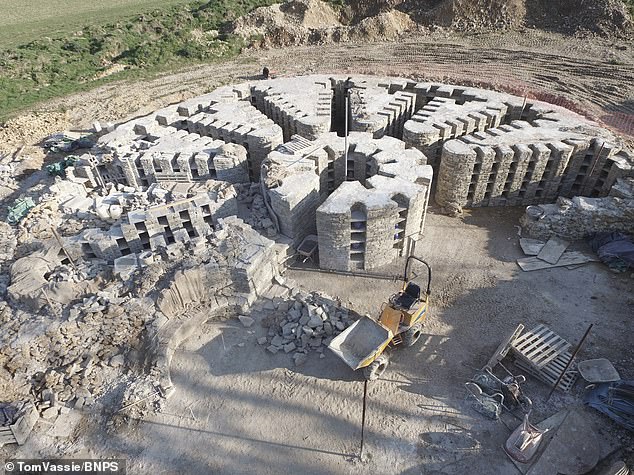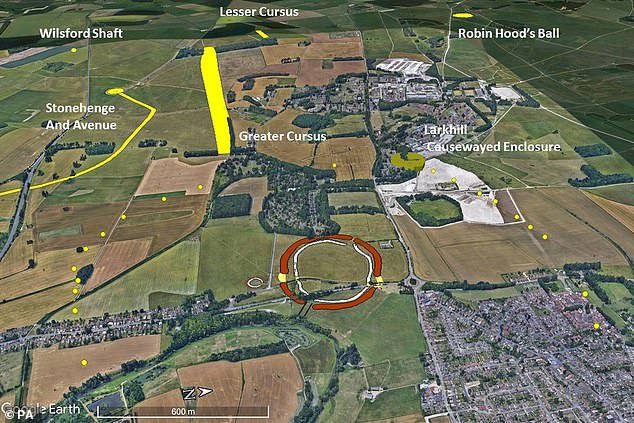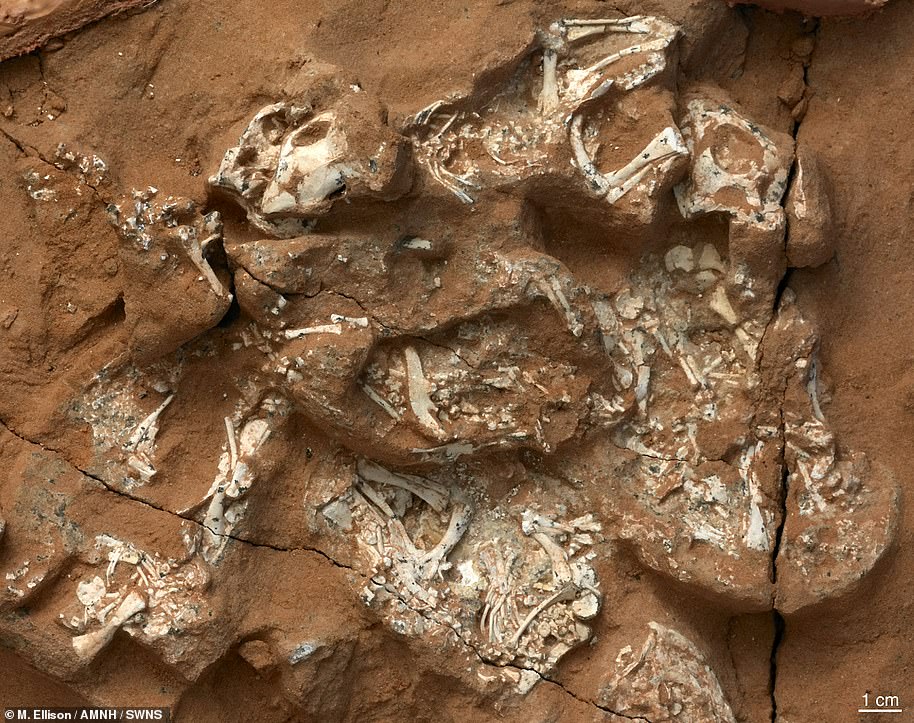Prehistoric 16-foot crocodile nicknamed ‘swamp king’ terrorized Australia 5 million years ago
Scientists have just identified a prehistoric crocodile measuring more than 16 feet long that stalked the swamps of Australia millions of years ago. Fossils of Paludirex vincenti, nicknamed the ‘swamp king,’ were first unearthed in the 1980s but the creature was only recently identified as a distinct species. It was an apex predator that preyed … Read more







